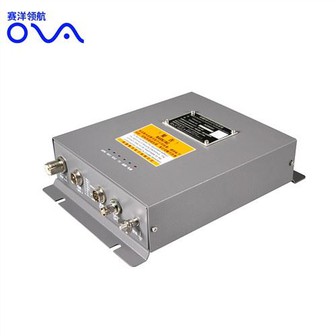mounting fish finder transducer
Mounting fish finder transducer
Without a transducer, your fish finder is useless as it is the transducer that sends the signal through the water to receive the pictures on the fishfinder screen. Equally important is mounting the transducer correctly and in the best location on your boat so you get optimum signal performance.
Mounting Methods
There are 3 types of transducer available that require different mounting methods depending on what type of boat you have or which particular mount you choose to use. Each method has its pros and cons – consider first what option would suit your style of boat:
Transom Mount Transducer

Transom mount transducers are obviously mounted directly on the boat’s transom at the stern of the boat. The transducer needs to be located in the water and usually just below the level of the hull. Transom mount transducers are usually plastic, are the most common type used and are the cheapest of the transducer types available.
The recommended overall size of a boat with a planing hull using a transom mount transducer is less than 30 feet. Typically these types of boats are those with outboards, inboard-outboard and jet drives. They are not recommended for large or twin screw inboard boats as the aerated water from the propeller will reduce performance. They are also not recommended for use at very high speed
A transom mount transducer should be tilted slightly forward (down towards the bottom) when the boat is in the water so that as the boat moves there is a smooth flow of water running across it. A transom mount transducer can be angled from 3 to 16 degrees if required.
Advantages:
Easy to install
Easy to maintain and clean
Inexpensive
Disadvantages:
The performance is not as good as a thru-hull
Normally used with smaller boats
Thru-Hull Transducer

Thru-Hull transducers protrude directly into the water via a hole drilled in the bottom of the boat. Thru-hull transducers are considered to give the best performance but also are the most expensive. Thru-hull transducers are recommended for displacement hull boats with straight shaft inboard engines.
Thru-Hull Transducer
Thru-hull transducers must be positioned in front of the rudder, propeller, keel or anything else that may cause turbulence that will impair the performance of the transducer. They should also always be mounted in the water and angled downwards. A fairing block will also be required to aid proper mounting to keep the transducer perpendicular to the bottom.
Advantages:
Give the best performance
Can be used at fast speeds
Disadvantages:
Require a hole cut in the hull
Require a fairing block
More maintenance required (can get dirty and fouled up)
In-Hull Transducer
In-hull or shoot-thru transducers are stuck to the inside of fibreglass hulls, they will not work with aluminum, wood or steel hulls or with hulls that have foam padded pockets. Any wood, metal or foam layers on top of the fibreglass hull will need to be removed in order for the in-hull transducer to work.
In-hull transducers are far less effective than transom mount or thru-hull because the signal needs to be transmitted and received through the hull of the boat. Fibreglass hulls can often be reinforced with areas of foam or balsa wood for extra strength. It is these areas that will need to be avoided when locating a position for an in-hull transducer, because balsa and foam are very poor sound conductors.
Advantages:
Inexpensive
No need to cut a hole in the hull
Avoids obstructions in the water
Virtually maintenance free
Disadvantages:
Reduction of maximum depth capability
Fish detection is impaired
On Fibreglass hulls can be used
Installation of a Transom Mount Transducer
Main steps
Find the best transducer mounting location
Prepare the mounting location
Assemble the transducer and perform the initial mounting steps
Route the Transducers Cable through the boat
Connect the Transducer Cable to the transducer
Test the Transducer







